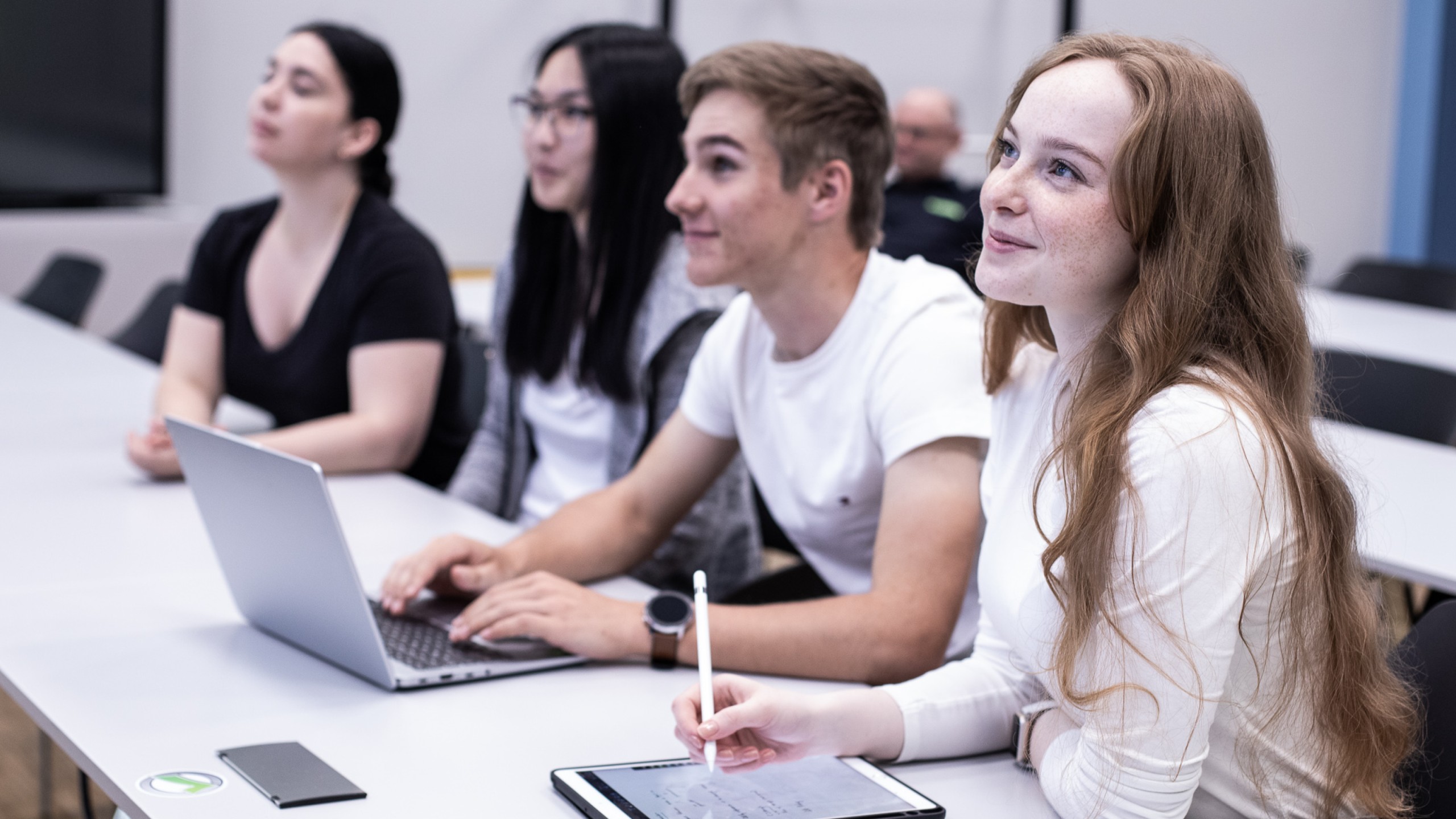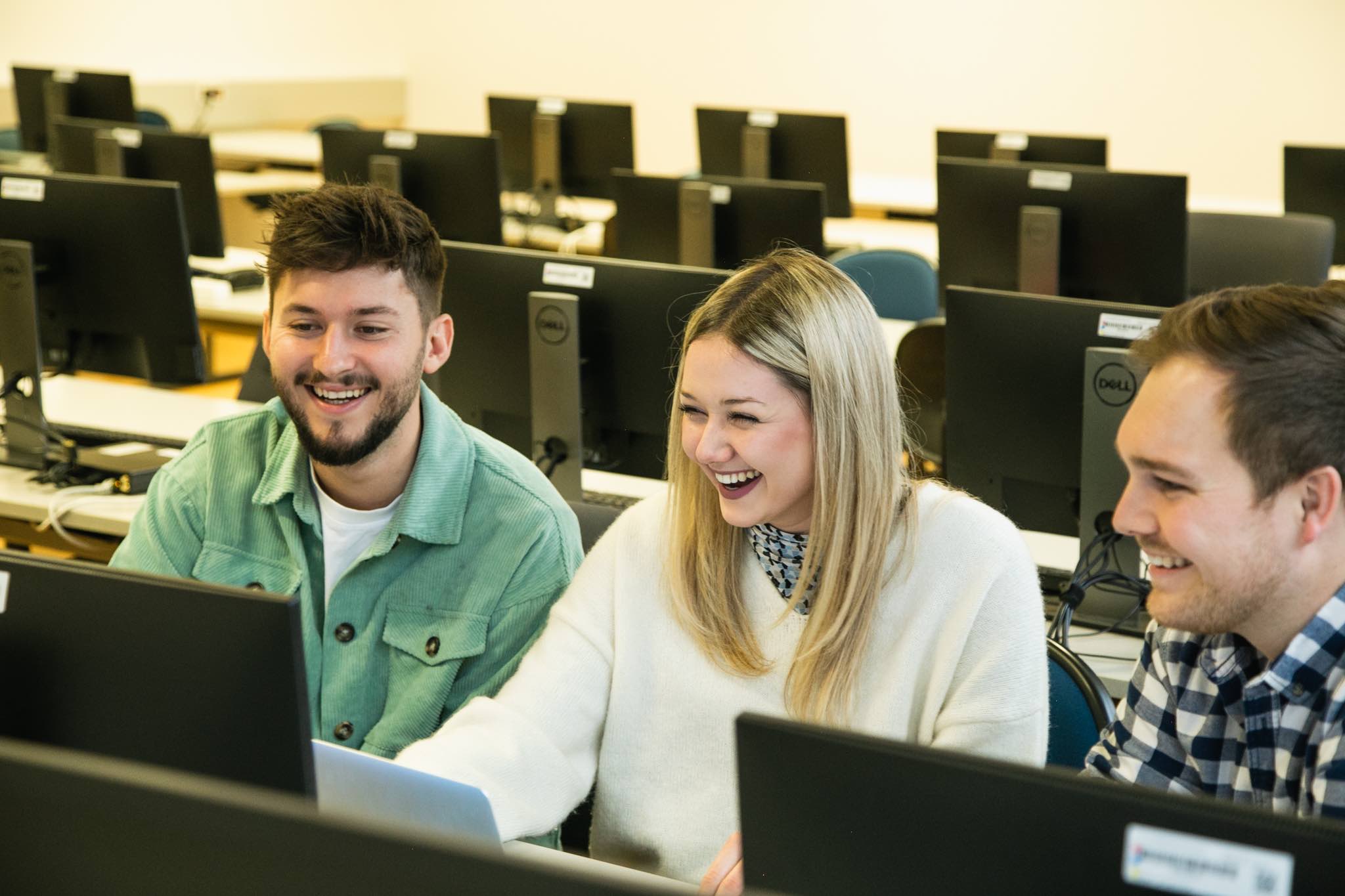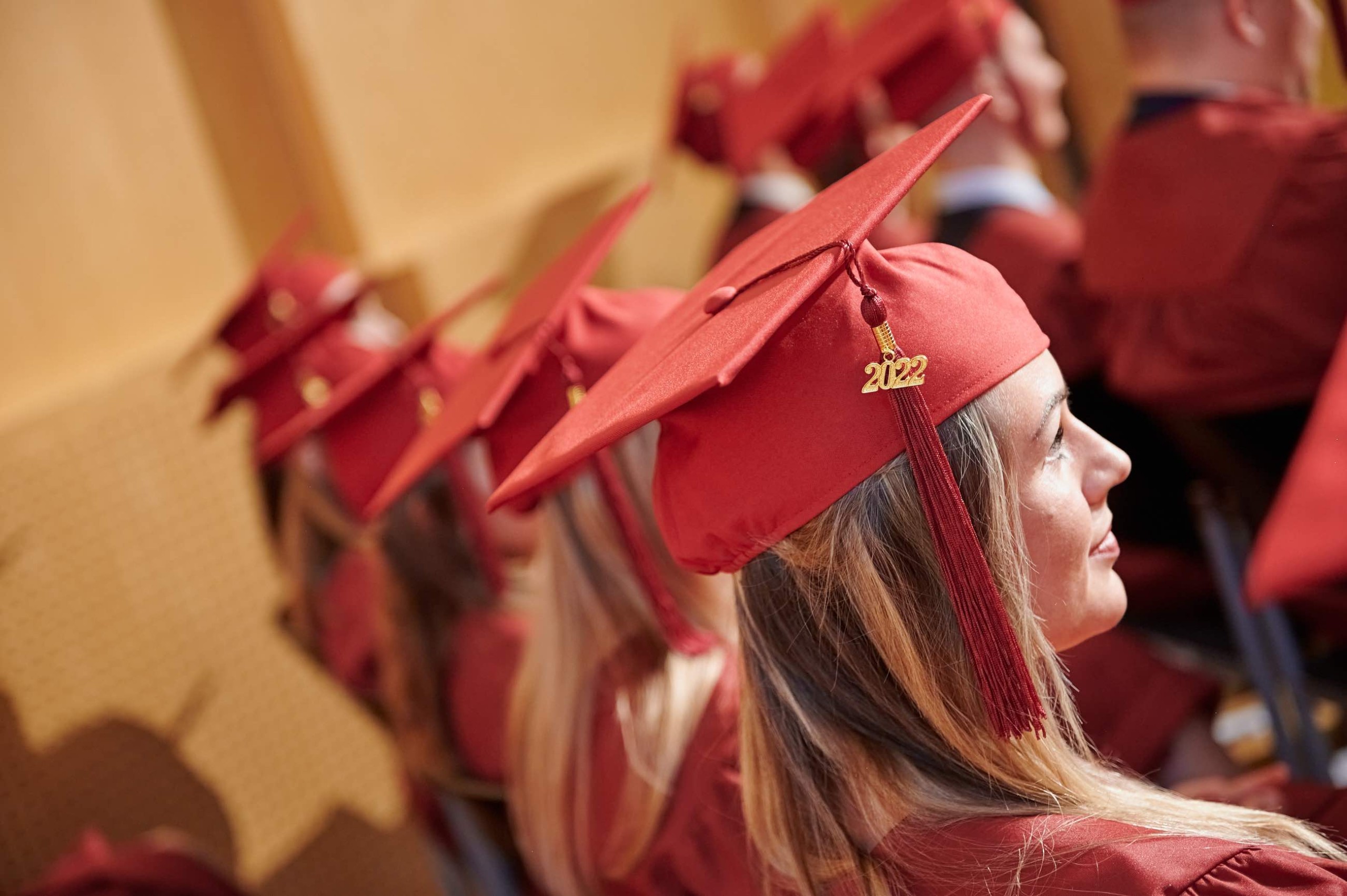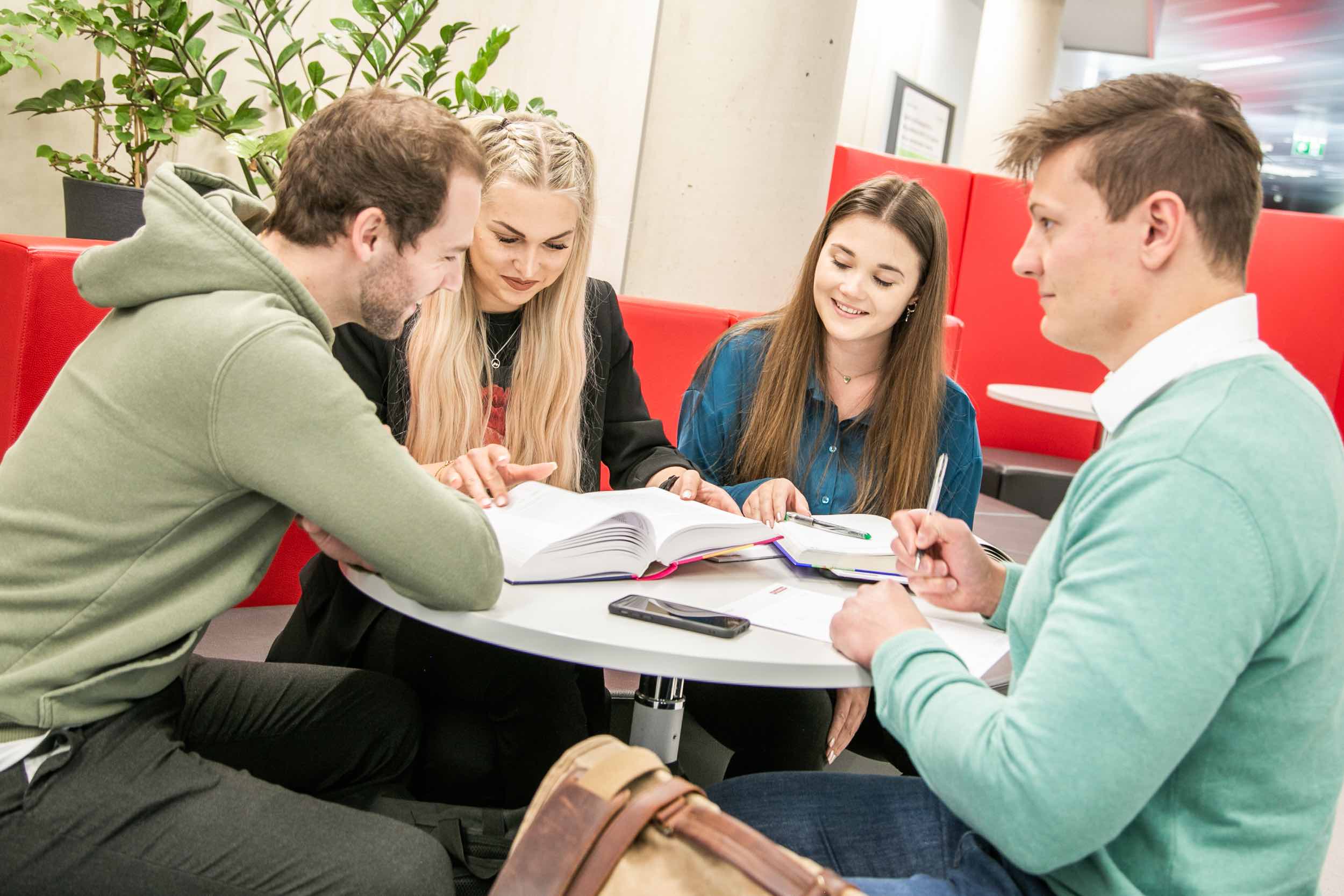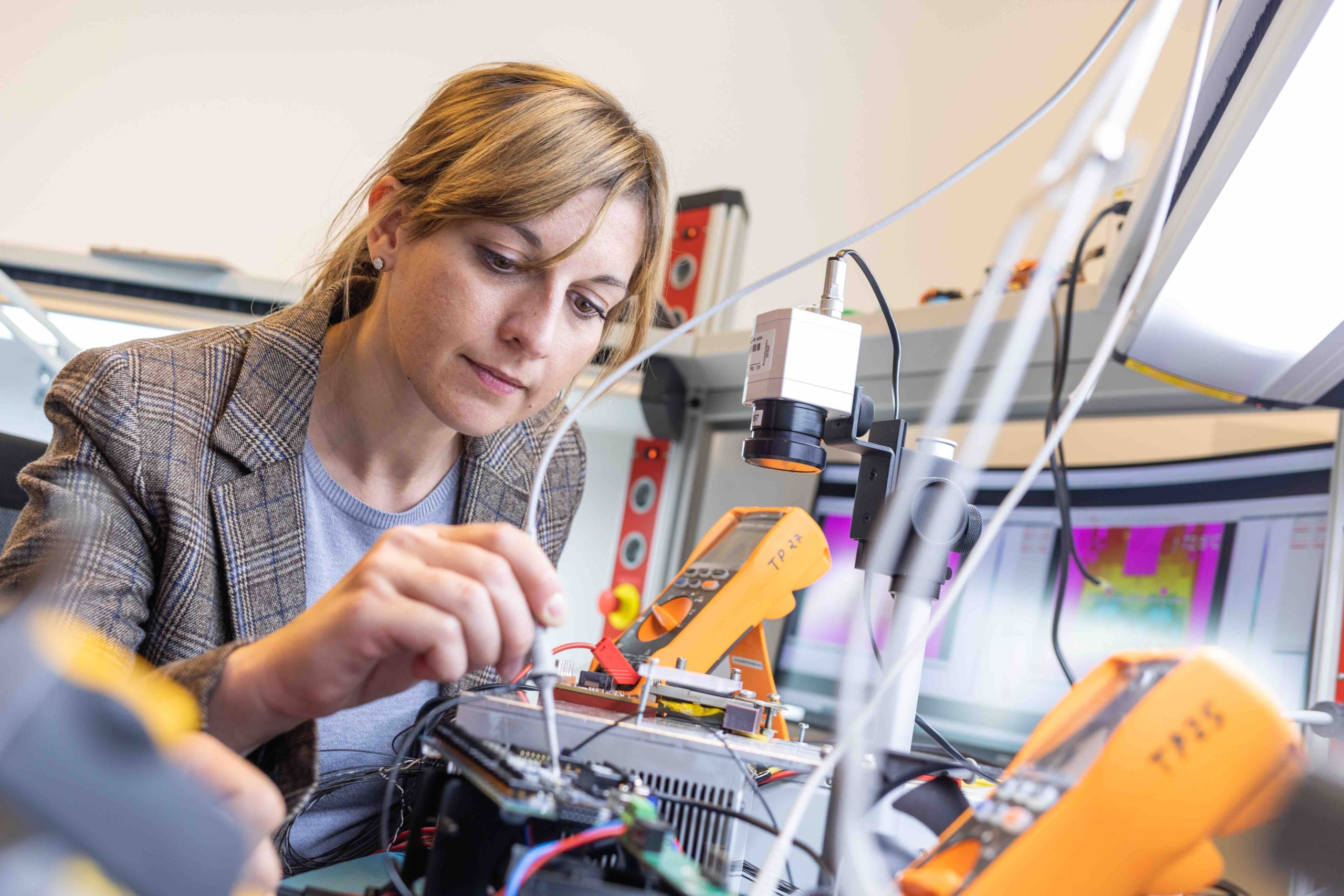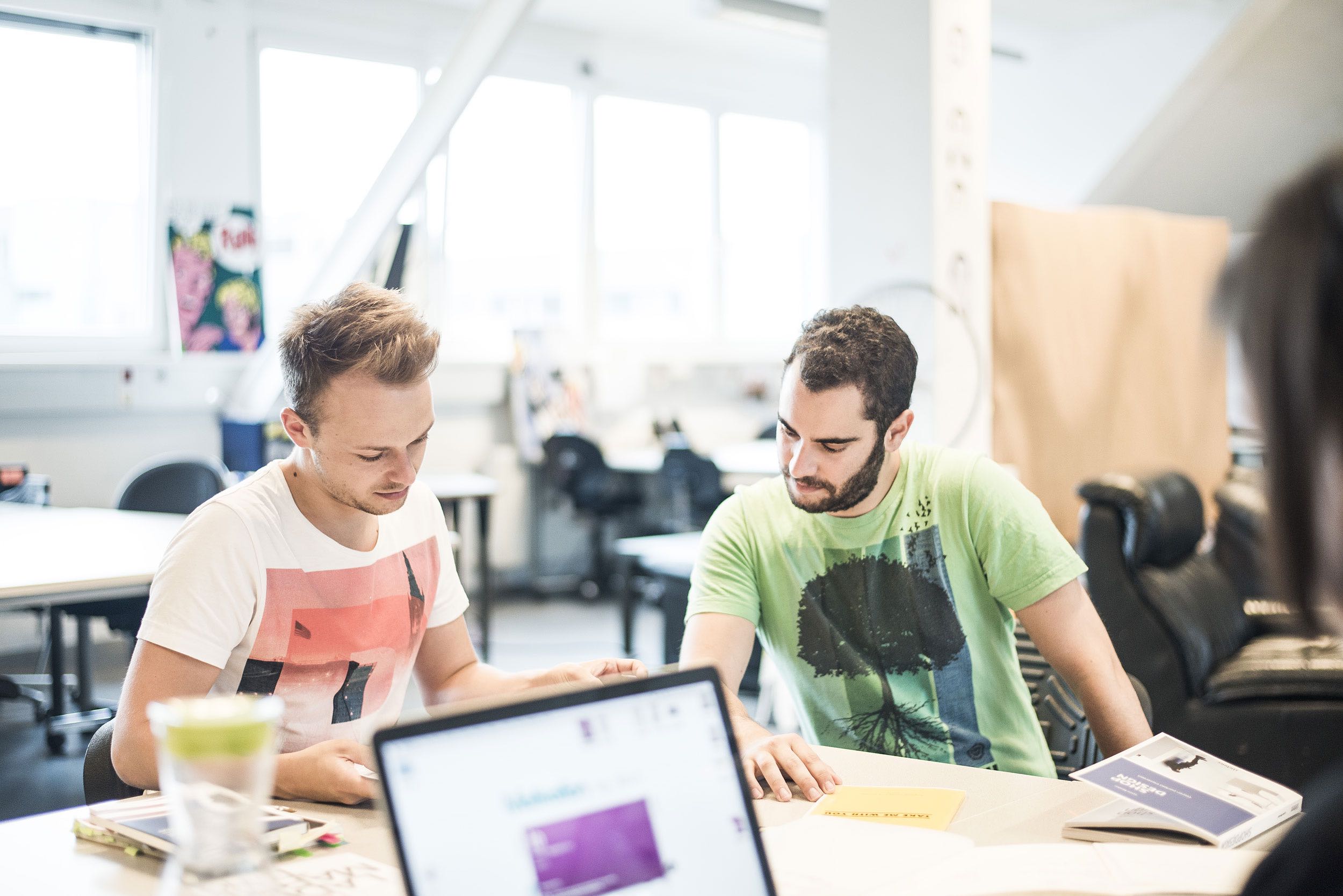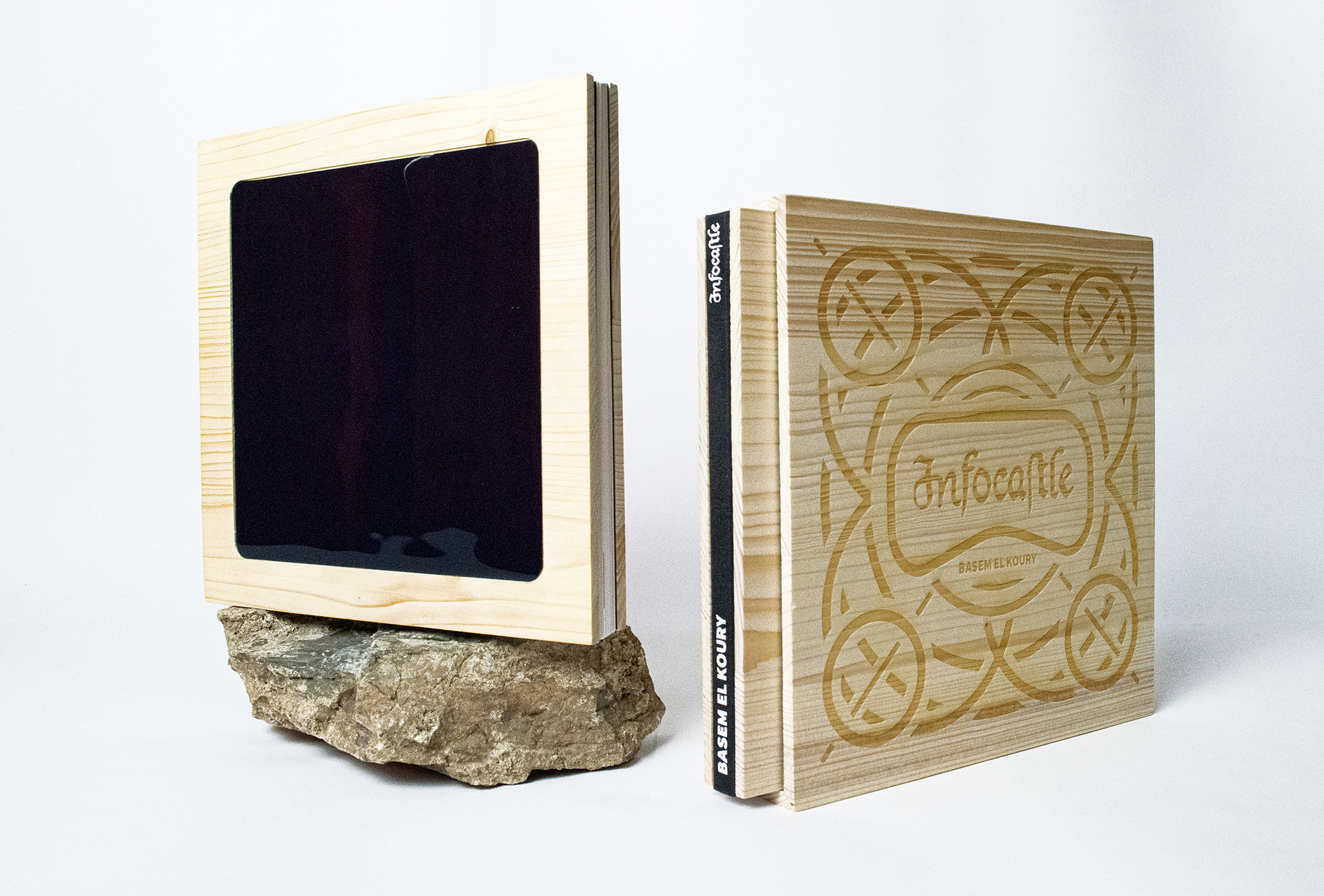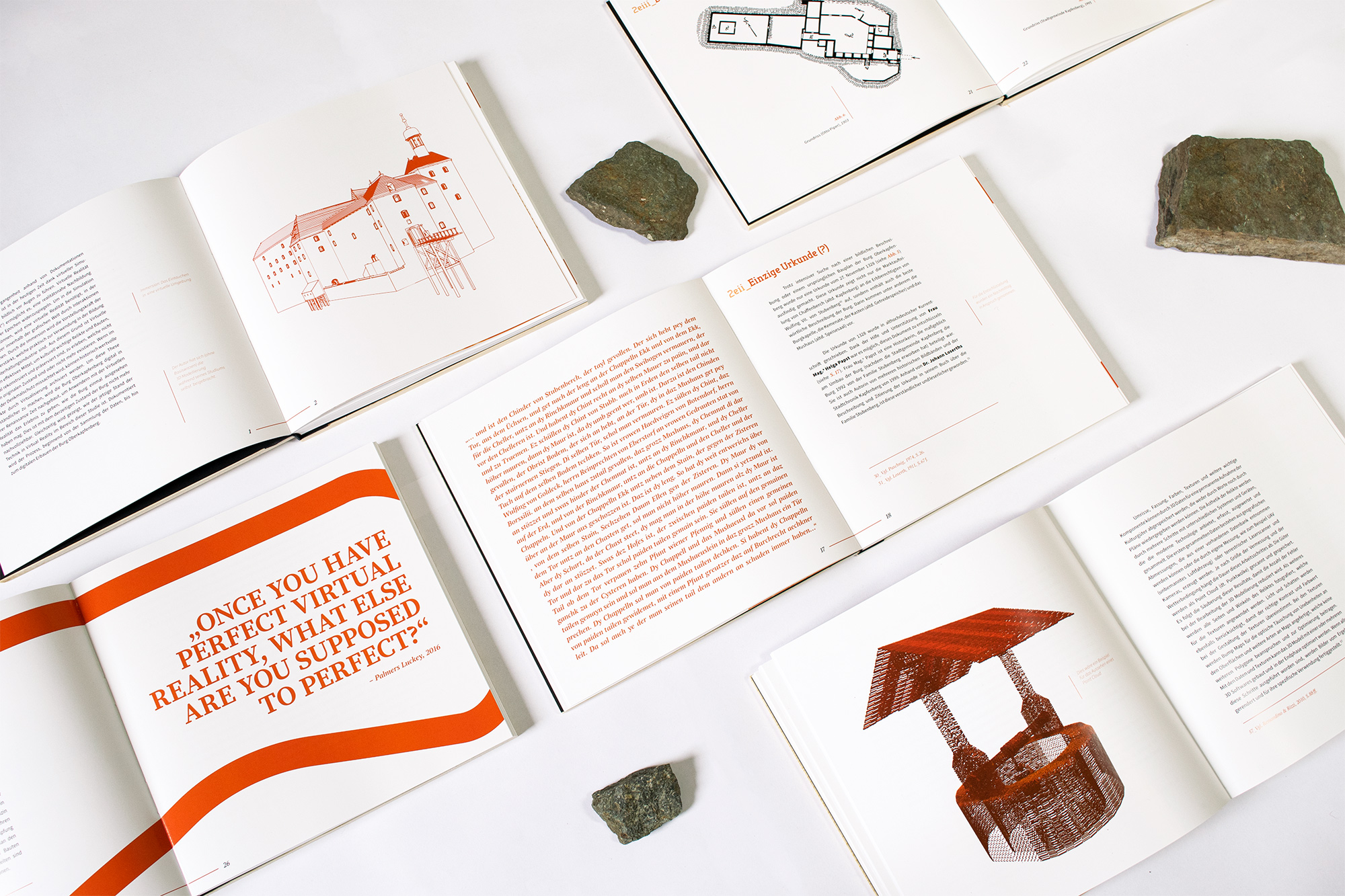Since everything is transitory and cultural heritage is also gradually lost, it is important to look for solutions to restrain this loss as much as possible. Historical relics disappear due to both natural and human causes. Virtual reality can offer a suitable solution by rendering those relics as realistically as possible in a digital form. This type of digital retention is a great asset to education, because it allows us to visually pass on knowledge where theories have reached their limits.
The thesis at hand also demonstrates how the visual depiction of cultural assets is compatible with monument protection, and how organizations such as Google and CyArk already make use of visual depiction in their projects through various methods. This thesis is substantiated and explained by a 3D simulation, created by the author himself, of Oberkapfenberg Castle at the time of the Renaissance.
This thesis has been awarded the C2A Creative Communication Award 2019.
